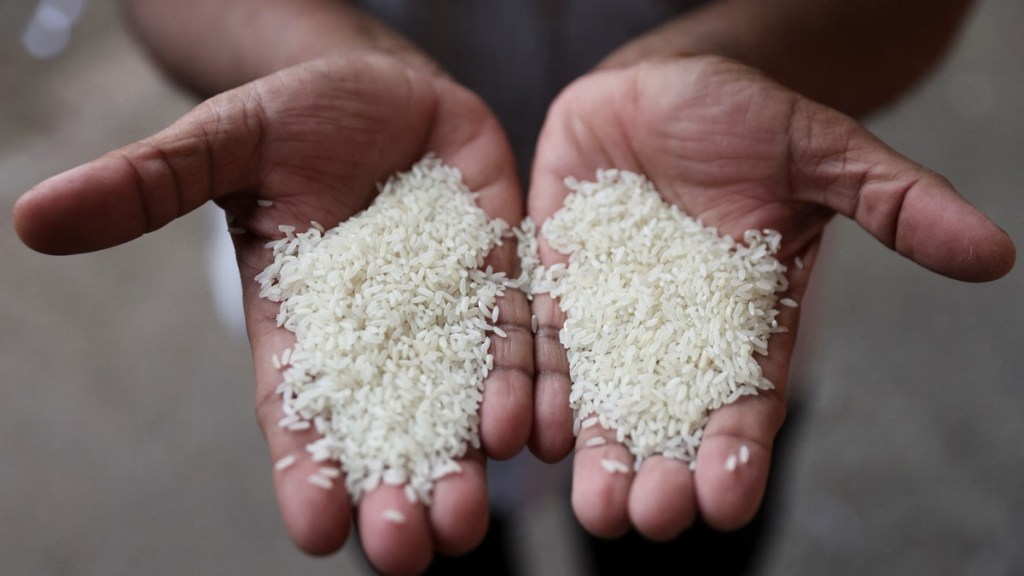To boost exports of geographical indication (GI) tagged rice varieties, the government is likely to allocate separate harmonised system of nomenclature (HSN) codes, a commerce ministry official on Tuesday said. The HSN code is a numerical classification used in global trade.
The government is in talks with the stakeholders for the move to fuel exports of varieties such as gobindobhog, red rice, black rice and kalanamak rice.
The aim is to ensure that in case of a ban or restriction on exports of broken or white rice, such unique varieties are exported unhindered. Currently, there are six HSN codes for non-basmati rice and one for the basmati rice.
At present, all categories of non-basmati white rice are banned for exports.
“As a country, on one hand, we will not like to impose a ban on rice exports, which we are not worried too much about, but at the same time, we need to see that there is enough incentives for the farmers to keep producing normal varieties of rice consumed by a large mass,” Rajesh Agarwal, additional secretary, ministry of commerce, said.
In terms of global trade, products are categorised under an HSN code and it helps in the systematic classification of goods. Currently, there are 28 varieties of unique rice with GI certification.
Agarwal also said that due to the imposition of restriction on rice exports, total shipment in the current fiscal is likely to fall by 5-6 million tonne (MT) from a record 22 MT of shipment in FY23.
In addition, the Red Sea crisis may have “some” impact on India’s rice exports this year, especially to Egypt and the European Union.
Several restrictions imposed on rice shipments to improve domestic supplies have adversely impacted India’s farm exports in the first nine months of the current fiscal.
The shipment of agricultural items and processed foods under the Agricultural and Processed Food Products Export Development Authority (APEDA) basket, which had remained resilient in the last few fiscal years, dropped by 9.14% to $17.88 billion during the April-December period of the current fiscal on year.
Cereals exports in the first nine months of 2023-24 dropped sharply by 8.5% to $7.31 billion on year because of the ban on white and broken rice exports, shipment duties on parboiled rice and the ban on wheat exports imposed in May last year.
According to the Directorate General of Commercial Intelligence and Statistics, while basmati rice exports grew by 19% in April-December of FY24 to $3.97 billion, non-basmati rice shipment declined sharply by 28% to $3.34 billion this fiscal compared to previous year.
In terms of volume, rice exports dropped by 27% to 11.88 MT in the April-December period of the current fiscal mainly due to a 28% fall in the volume of non-basmati rice shipment to 8.34 MT.
The exports of fresh fruits and vegetables have risen by 21% in the first nine months of FY24 to $1.36 billion on year.
The exports of products under the APEDA basket grew by 9% to $26.3 billion in 2022-23 compared to FY22, due to a spike in shipment of rice, fruits and vegetables, livestock and dairy products.
The share of exports of products under the APEDA basket is around 51% in the the total shipment of agri-produce.
Rest of the agricultural products exports include marine, tobacco, coffee and tea.

